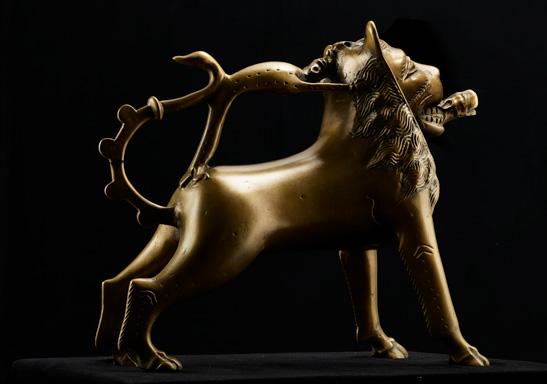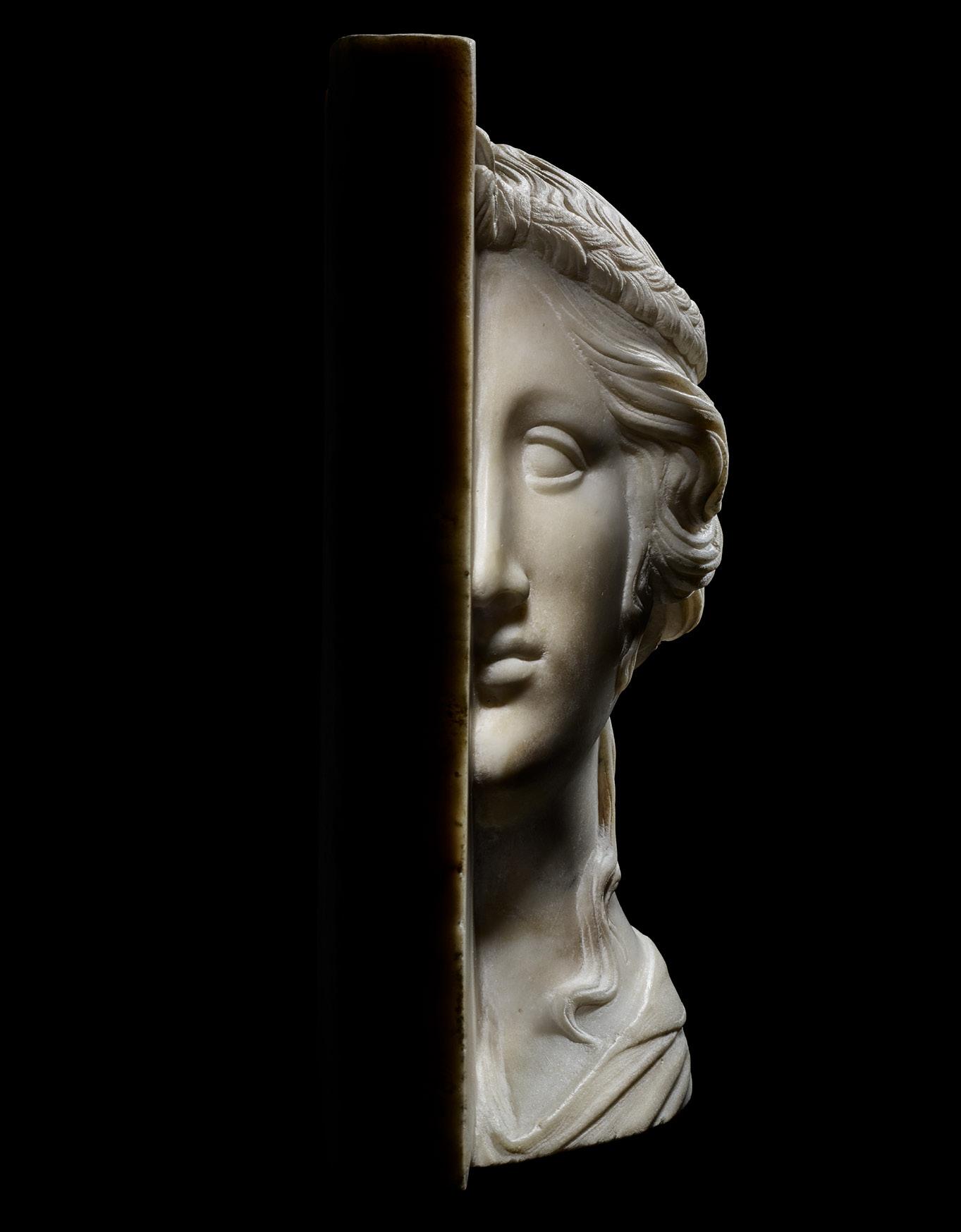
5 minute read
Impressum
Index
Lorem Ipsum Abb. 02 — Abb. 04
Advertisement
Since its foundation in 1880, the name Julius Böhler has stood for works of art of the highest quality, testified by its appointment as purveyor to the ‘Royal-Prussian and Royal Bavarian courts. While the circle of collectors has meanwhile expanded and become international, our service with regard to quality and provenance remains unaltered. Thanks to the long family tradition, Florian Eitle-Böhler has close contact to major international museum and private collections.
Discovering the exceptional through our profound expertise is both responsibility and a pleasure for us as art dealers and has contributed into making the gallery an international leader in its specialist fields.
In 2002 we wanted to present the two figures at a joint show in Tony’s gallery for the first time. A private collector in New York, however, had already seen the angels in our exhibition catalogue and was so fascinated that he bought them before the opening, after seeing them briefly, and took them home with him. Documented in Lorem More than eighteen years ago I discovered a couple of angels in flight at a sculpture sale held by an auction house in London. The catalogue entry read: ‘Pair of gilded angels, Italian, 18th century’. Together with Tony Blumka, who was not able to be in London at that time, I discussed the purchase of the two figures at great length on the phone. We decided to bid for them. It was a risk as, due to the thick layer of gesso that was not original and the gilding that had been added on top, I could not judge their artistic quality exactly. However, we were convinced that the attribution ‘Italian, 18th century’ was wrong. Even at that time we suspected that the angels were by a sculptor in the close circle of the Landshut woodcarver Hans Leinberger. After their purchase came the thrilling part that demanded a lot of patience from both of us. My restorer at that time, Benno Gantner sen., since deceased, with whom our company.
In 2002 we wanted to present the two figures at a joint show in Tony’s gallery for the first time. A private collector in New York, however, had already seen the angels in our exhibition catalogue and was so fascinated that he bought them before the opening, after seeing them briefly, and took them home with him.
In 2002 we wanted to present the two figures at a joint show in Tony’s gallery for the first time. A private collector in New York, however, had already seen the angels in our exhibition catalogue and was so fascinated that he bought them before the opening, after seeing them briefly, and took them home with him.
However, we were convinced that the attribution ‘Italian, 18th century’ was wrong. Even at that time we suspected that the angels were by a sculptor in the close circle of the Landshut woodcarver Hans Leinberger. After their purchase came the thrilling part that demanded a lot of patience from both of us. My restorer at that time, Benno Gantner sen., since deceased, with whom our company.
In 2002 we wanted to present the two figures at a joint show in Tony’s gallery for the first time. A private collector in New York, however, had already seen the angels in our exhibition catalogue and was so fascinated that he bought them before the opening, after seeing them briefly, and took them home with him.
For Tony Blumka and me it is a great pleasure to be able to show you these magnificent sculptures now, for the first time on the public stage, at TEFAF. They testify to the masterly skill of this unique sculptor who was way ahead of his time. The catalogue in hand is an appreciation of the two heavenly Putti and places them within the context of the work of the important artist about whom little information has been handed down.
A special thank-you goes to Dr. Matthias Weniger whose profound knowledge of Hans Leinberger helped us enormously. He also kindly provided us with comprehensive photographic material, as did Markus T. Huber.
More than eighteen years ago I discovered a couple of angels in flight at a sculpture sale held by an auction house in London. The catalogue entry read: ‘Pair of gilded angels, Italian, 18th century’. Together with Tony Blumka, who was not able to be in London at that time, I discussed the purchase of the two figures at great length on the phone. We decided to bid for them. It was a risk as, due to the thick layer of gesso that was not original and the gilding that had been added on top, I could not judge their artistic quality exactly. However, we were convinced that the attribution ‘Italian, 18th century’ was wrong. Even at that time we suspected that the angels were by a sculptor in the close circle of the Landshut woodcarver Hans Leinberger. After their purchase came the thrilling part that demanded a lot of patience from both of us. My restorer at that time, Benno Gantner sen., since deceased, with whom our company. More than eighteen years ago I discovered a couple of angels in flight at a sculpture sale held by an auction house in London. The catalogue entry read: ‘Pair of gilded angels, Italian, 18th century’. Together with Tony Blumka, who was not able to be in London at that time, I discussed the purchase of the two figures at great length on the phone. We decided to bid for them. It was a risk as, due to the thick layer of gesso that was not original and the gilding that had been added on top, I could not judge their artistic quality exactly. However, we were convinced that the attribution ‘Italian, 18th century’ was wrong. Even at that time we suspected that the angels were by a sculptor in the close circle of the Landshut woodcarver Hans Leinberger. After their purchase came the thrilling part that demanded a lot of patience from both of us. My restorer at that time, Benno Gantner sen., since deceased, with whom our company.
A special thank-you goes to Dr. Matthias Weniger whose profound knowledge of Hans Leinberger helped us enormously. He also kindly provided us with comprehensive photographic material, as did Markus T. Huber.
Paul M. Arnold, who has been researching Leinberger for several decades, assisted us and gave advice at all times. A big thank-you is due to Andreas Huber, our exceptionally skilled photographer. Through the intensive study of works of art during hour-long photo sessions with him I have often gained new and important insights – as was also the case with the Leinberger angels.
1/01
16






